When it comes to dressing children, parents are often faced with a big question: are kids designer clothes really that different from regular kidswear? Is the price tag just about a label, or is there more to it? Whether you're a first-time parent exploring fashion for your little one or a seasoned shopper trying to decide what's worth it, this guide will help you understand what sets designer kids' clothes apart from mass-market alternatives.
In this article, we’ll explore the real differences in quality, fit, design, materials, sustainability, and long-term value. You’ll get a clear picture of why some parents prefer to buy kids designer clothes—and when it might make sense for your family too.

1. Quality That Lasts Through Play, Washes, and Growth Spurts
One of the most noticeable differences between designer kidswear and regular clothing is the quality. From the stitching to the type of cotton used, designer brands typically put a lot more thought—and budget—into how each piece is made.
-
Durable fabrics: Designer clothes for children often use higher-grade cotton, organic fibers, or blends that hold up to frequent washes and rough play. You won’t see fading or sagging after a few cycles in the machine.
-
Stronger construction: Reinforced seams, double stitching, and quality trims mean less chance of tearing, stretching, or buttons popping off unexpectedly.
-
Better fit: The fit is also more thoughtful. While fast fashion may size generically, designer brands often tailor clothing to suit children’s proportions better, with room to grow where it counts (adjustable waists, stretch panels, etc.).
Regular kidswear from big-box stores may start strong, but it often doesn’t last beyond a season or two—either due to wear and tear or because it shrinks, fades, or becomes misshapen.
2. Unique Designs and Style You Can’t Find Anywhere Else
Walk into a typical department store and you’ll likely see rows of the same cartoon-printed tees, stretchy leggings, and mass-produced basics. At Kids Secret, we offer something different—our collections feature standout pieces from European designer brands known for their playful sophistication, timeless cuts, and exceptional attention to detail. Whether it's a smart linen set from Spain or a soft organic-cotton dress from Scandinavia, every item is chosen for its style, comfort, and lasting quality. stretchy leggings, and puffer jackets. While these are functional, they often lack personality. In contrast, designer kids clothes stand out for their originality and charm.
-
Smaller runs and seasonal collections: Many designer labels produce limited quantities per style, making your child’s wardrobe feel more personal and exclusive.
-
Artistic vision: European kidswear brands in particular treat fashion as an expression of childhood—blending color, structure, and detail in ways that are joyful without being tacky.
-
Timeless appeal: You’ll find fewer licensed prints and trend-chasing designs. Instead, many labels focus on classic cuts, earthy tones, and patterns that feel timeless and wearable year after year.
This makes designer clothes great for hand-me-downs, special occasions, or photo-worthy moments that will stay stylish in years to come.
3. Materials That Feel Better Against Sensitive Skin
Children’s skin is more sensitive than adults’, which makes the materials used in their clothing especially important. Many designer children’s brands prioritize natural and skin-friendly fabrics:
-
Organic cotton, linen, and bamboo are frequently used in premium kidswear collections.
-
Hypoallergenic dyes and finishes reduce the risk of irritation.
-
Breathable weaves keep children cool and dry, even during high-energy play.
Fast fashion brands often rely on synthetic materials like polyester or low-grade cotton blends, which can trap heat, irritate skin, or feel stiff after a few washes.
Parents who deal with eczema or allergies often notice a big difference in comfort and skin response when switching to higher-quality garments.

4. Ethical and Sustainable Production Practices
Designer kidswear brands are more likely to be transparent about where and how their clothes are made. Brands like TYGO & vito and B.Nosy, for example, proudly highlight their use of GOTS-certified organic cotton and commitment to fair labor practices. These certifications not only ensure safer production methods but also reassure parents that they’re making thoughtful, responsible choices for their children. This includes:
-
Ethically sourced materials
-
Eco-friendly packaging
-
Fair labor practices
In contrast, many fast fashion retailers outsource production to factories with little oversight, where wages and working conditions are questionable.
Choosing designer clothes that prioritise sustainability and ethics isn’t just a style decision—it’s a values-based one. You’re supporting smaller businesses that care about long-term impact.
🌱 Explore our Sustainable Collection to shop consciously made kidswear from leading ethical brands.
5. Built-in Growing Room and Smart Features
One of the big concerns parents have about investing in designer clothes is that kids grow so quickly. But here’s the thing—many premium brands build in clever design details that extend the life of each garment.
-
Adjustable waistbands on trousers, shorts, and skirts
-
Extendable sleeves and cuffs that can roll down as your child grows
-
Roomier cuts that maintain shape even as your child gains height
Instead of buying five cheap pairs of pants per season, you might find that two or three well-designed ones from a premium brand last just as long—if not longer.
6. Better Resale and Hand-Me-Down Value
Kids outgrow clothes fast, but designer pieces often hold up so well that they can be sold second-hand or passed on to siblings with no trouble at all.
-
Designer kidswear often fetches higher resale prices on platforms like eBay, Facebook Marketplace, or kidswear consignment sites.
-
The quality holds, the style stays current, and the name recognition adds value.
This is especially useful if you’re looking to create a capsule wardrobe for your child that mixes timeless staples with standout pieces.
7. Clothes That Match Your Parenting Style
Whether you follow Montessori, slow parenting, or simply try to avoid overwhelm, clothing can be a part of that lifestyle. Many parents who shop designer are looking for:
-
Fewer but better pieces that reduce decision fatigue in the morning
-
Clothes that spark joy—for parents and kids
-
Styles that reflect their values and personality
When your child feels comfortable and confident in what they’re wearing, it shows. And when you love what you’re dressing them in, it adds joy to everyday routines.

8. Perfect for Special Events and Photos
If you’ve ever tried to find something special for a birthday, family portrait, or holiday, you know how hard it is to find kidswear that doesn’t look like a costume.
Designer outfits often hit the perfect balance:
-
Elegant but age-appropriate
-
Beautifully finished
-
Easy to move and play in
Whether it’s a tailored jacket, a tulle dress with delicate embroidery, or a shirt with subtle detailing, designer clothes often photograph beautifully and help create lasting memories.
9. You Don’t Have to Buy It All Designer
It’s a myth that buying designer means dressing your child in head-to-toe labels. For example, you might pair a standout designer jacket with comfortable basics from a local store or style a designer dress with simple, neutral accessories for a balanced look. Mixing and matching lets you make the most of statement pieces without overspending. Most families mix high-end pieces with basics:
-
Pair a beautiful blouse with everyday jeans
-
Style designer trousers with a budget-friendly tee
-
Use a standout jacket to lift an entire outfit
It’s all about balance. Investing in a few key items—like a good coat, well-fitted trousers, or a special-occasion dress—can elevate an entire wardrobe without breaking your budget.
10. Where to Find Quality Kids Designer Clothes in Australia
If you’re in Australia and looking for premium kids designer clothes, Kids Secret is one of the few retailers offering exclusive access to European designer brands for school-aged children, tweens, and teens. We hand-select pieces that blend comfort, practicality, and unmistakable style.
-
Speedy delivery across Australia
-
Easy returns
-
Personal customer service
Shop the latest arrivals: Shop Now
Final Thoughts: Is Designer Kidswear Worth It
So what makes designer kids clothes different? In short: better fabrics, thoughtful design, longer wear, and more personality. It’s not just about the look—it’s about how they feel, how they last, and how they reflect your parenting choices.
Whether you’re shopping for a special occasion or building a reliable wardrobe, investing in a few high-quality pieces can save you time, reduce waste, and bring joy to both you and your child.
If you’re new to kids designer fashion, start small. Try one or two items and see the difference for yourself.




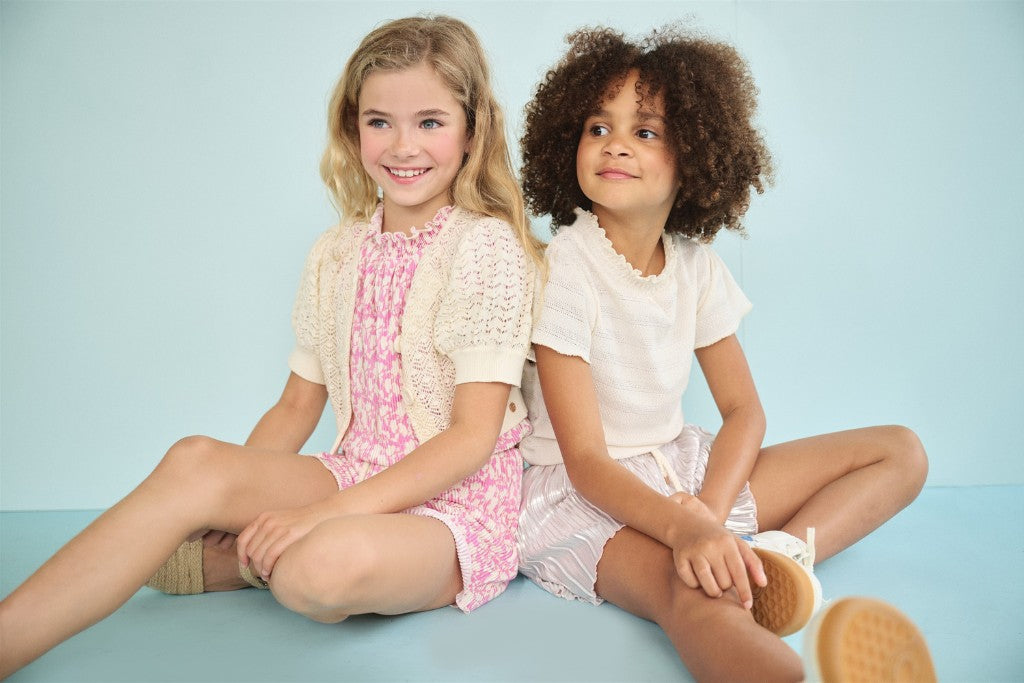
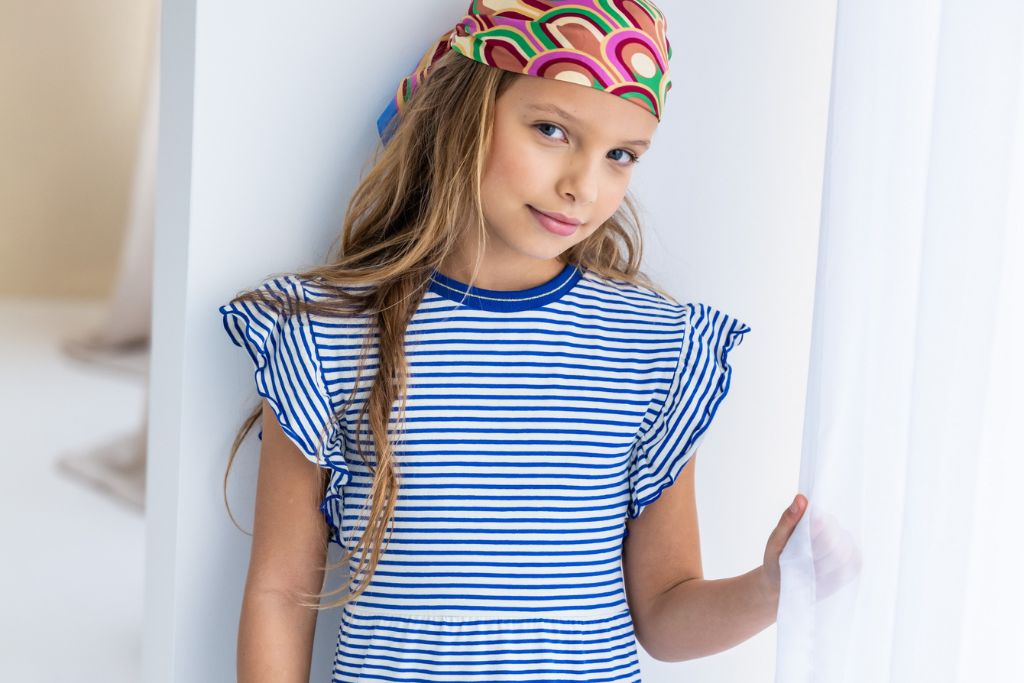
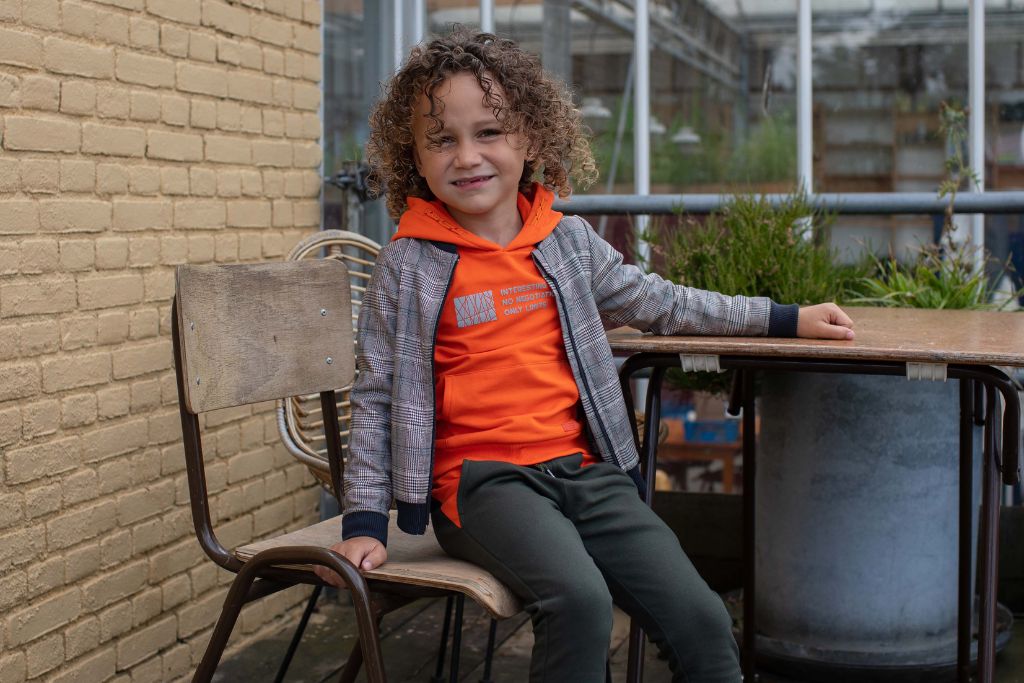
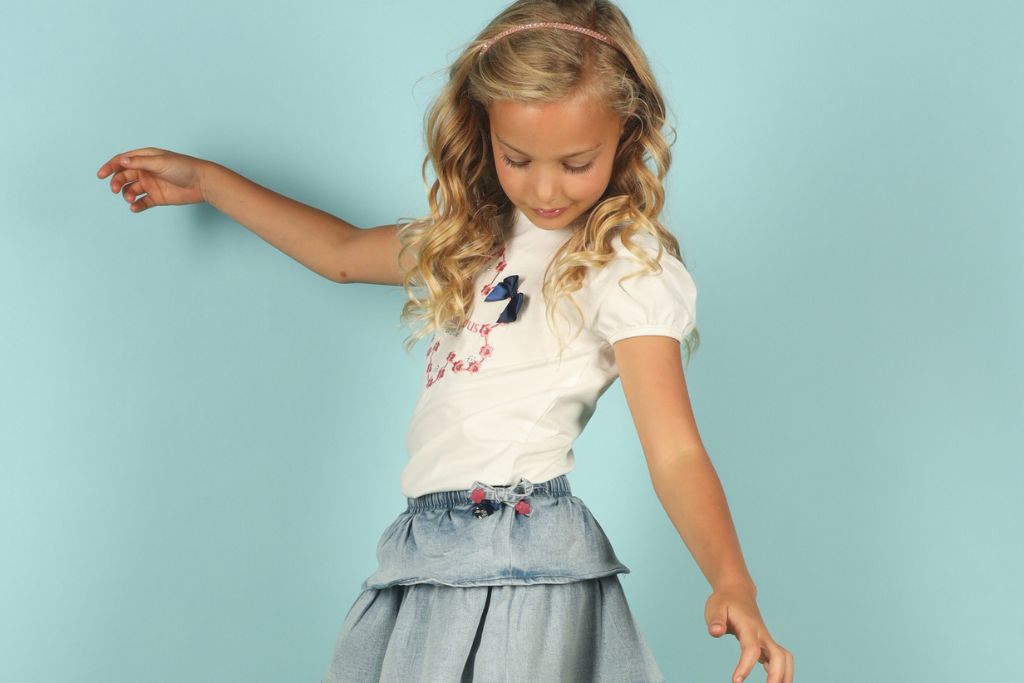
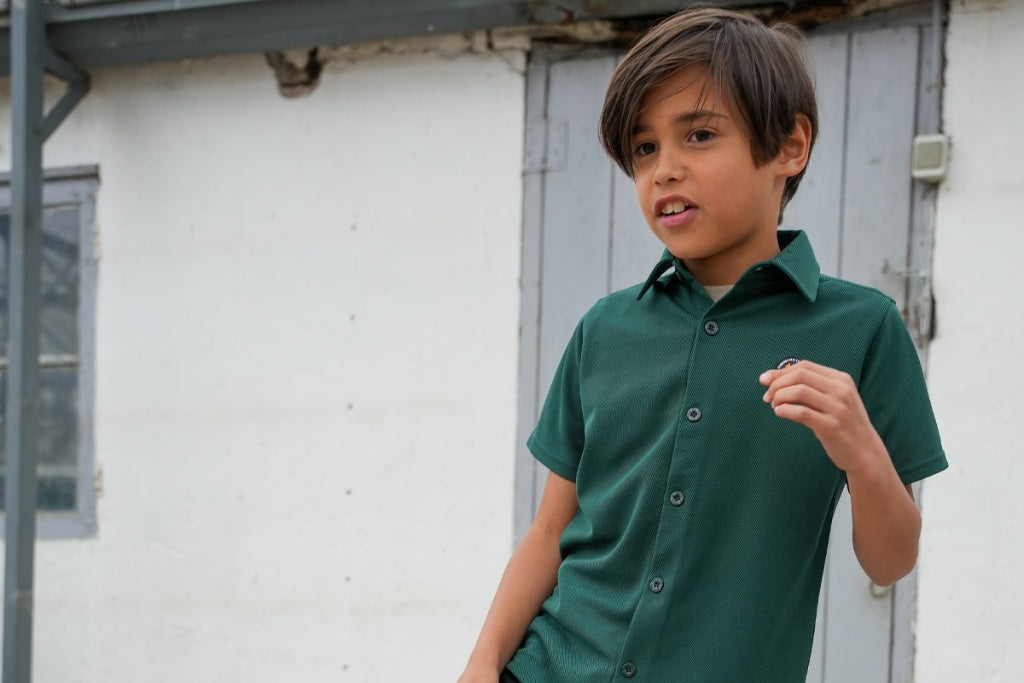
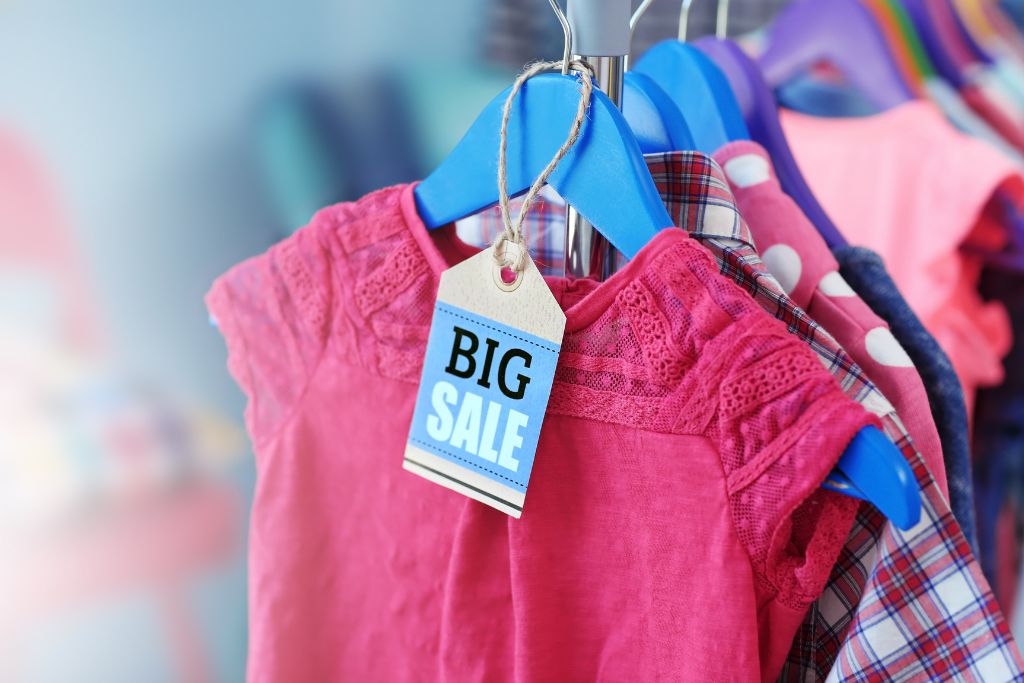
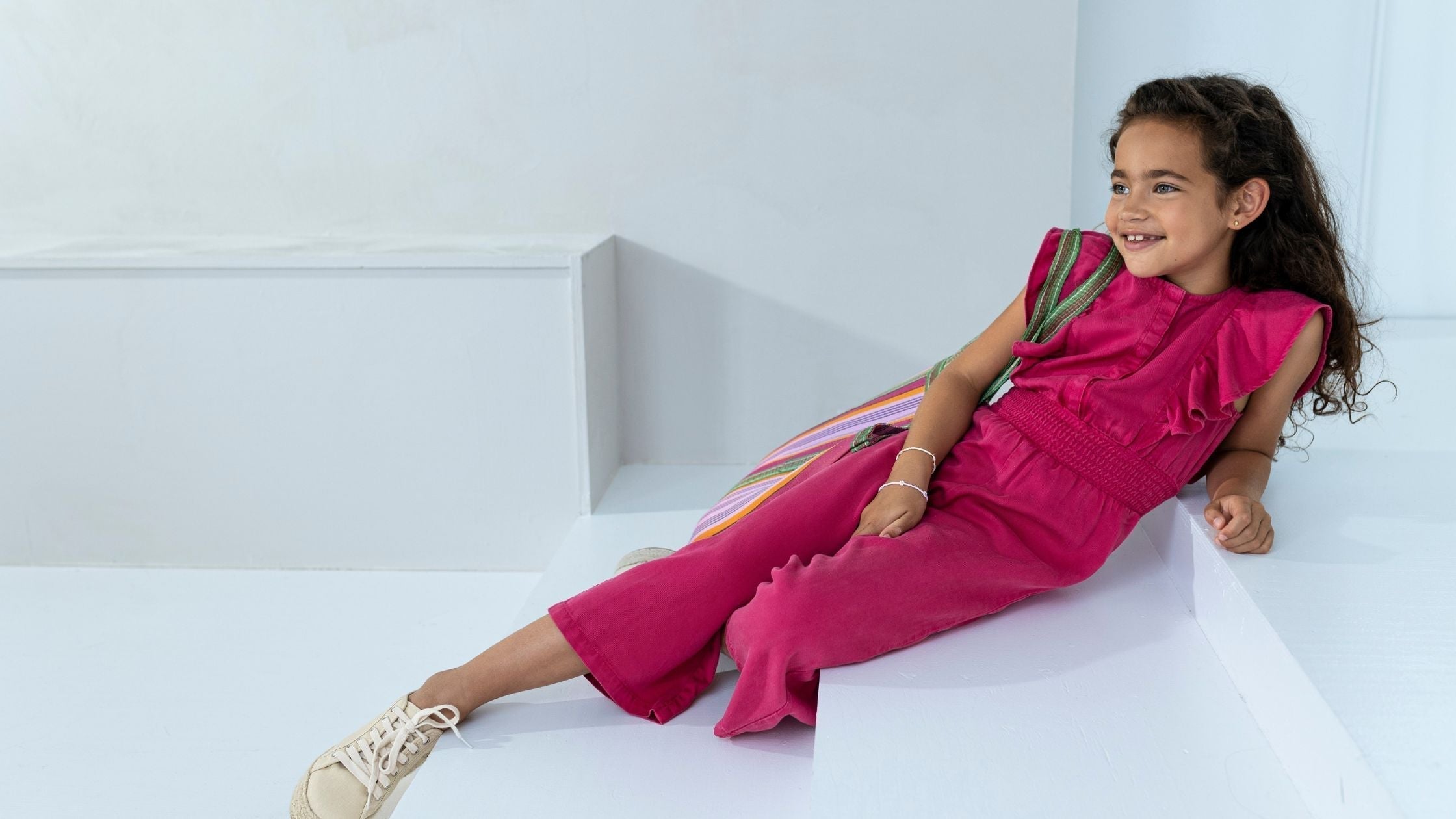
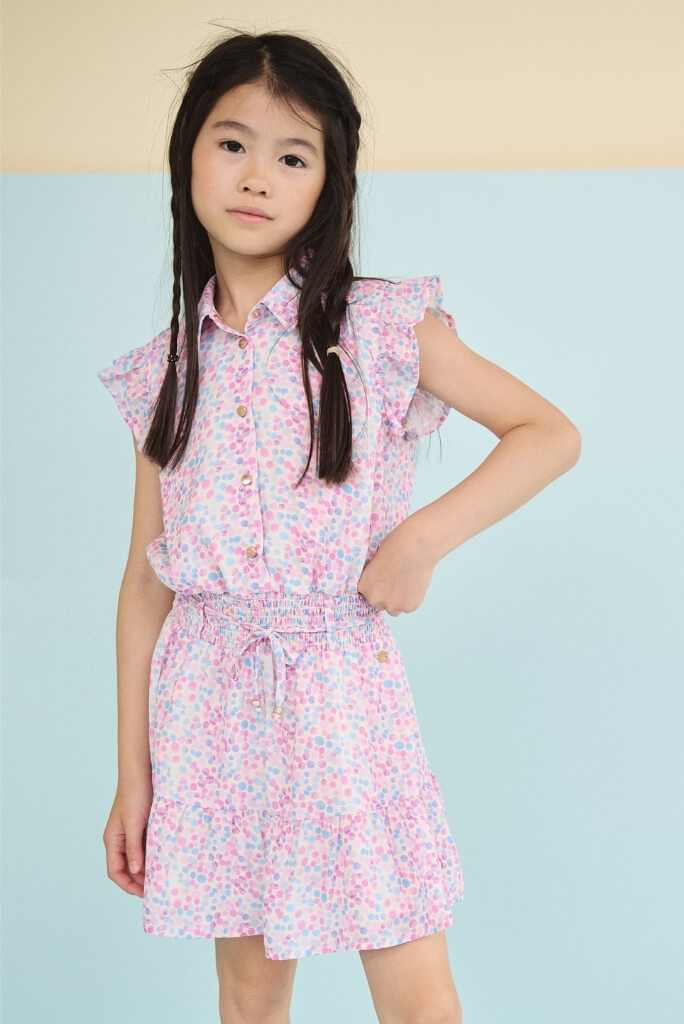
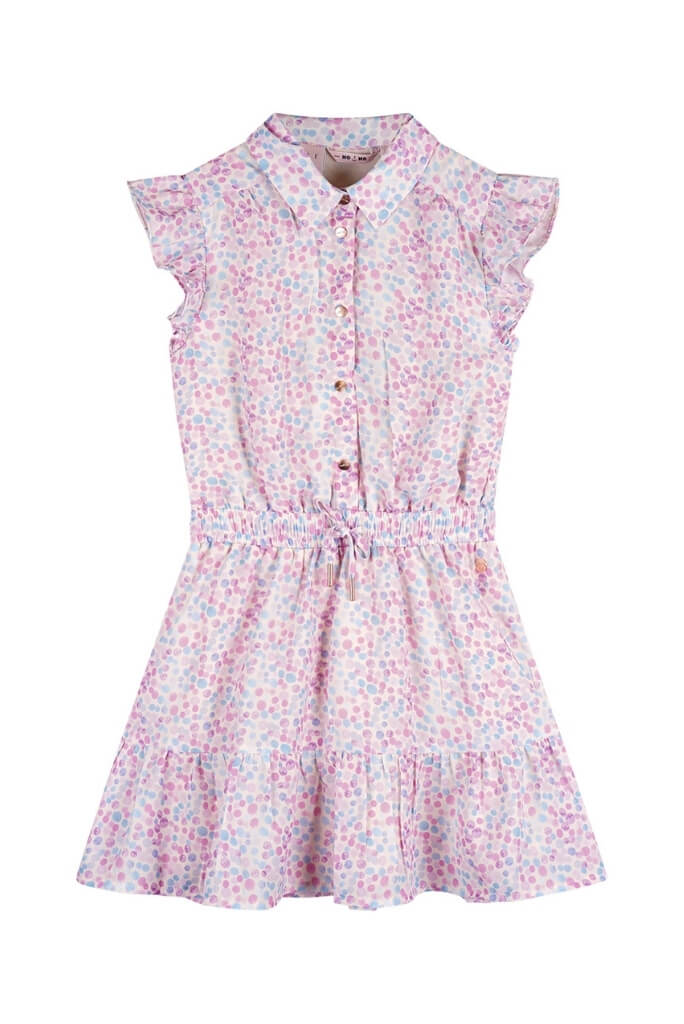
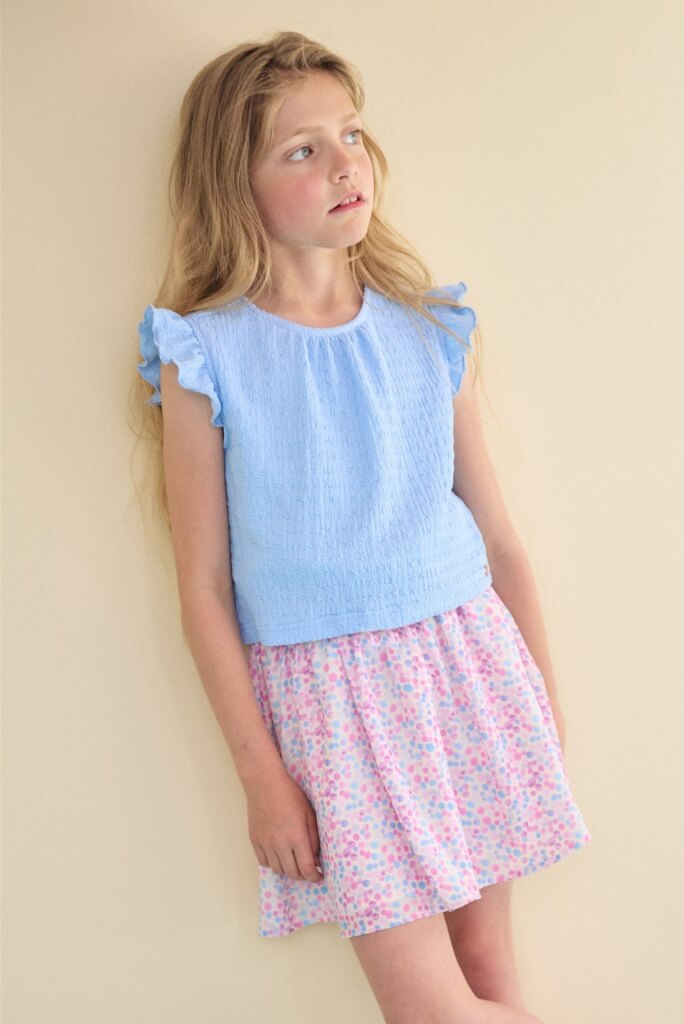
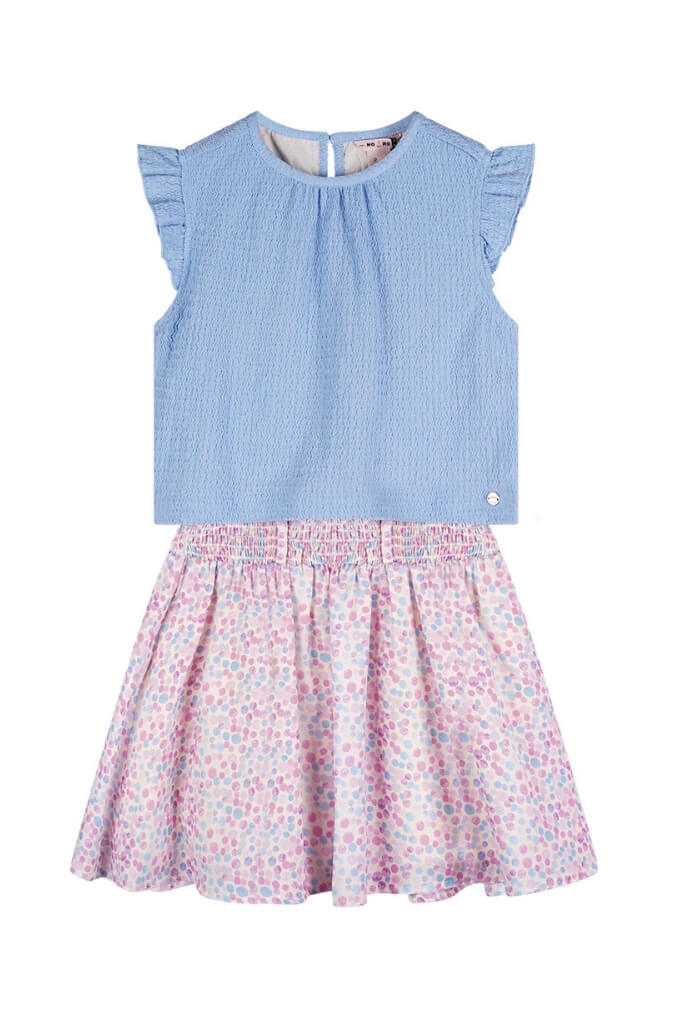
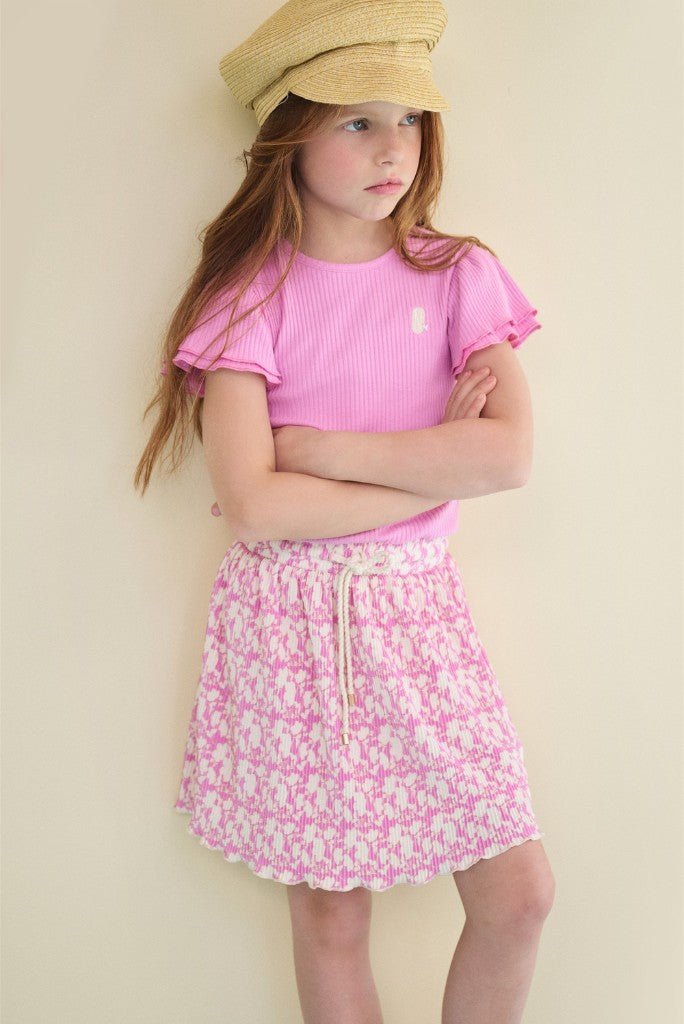
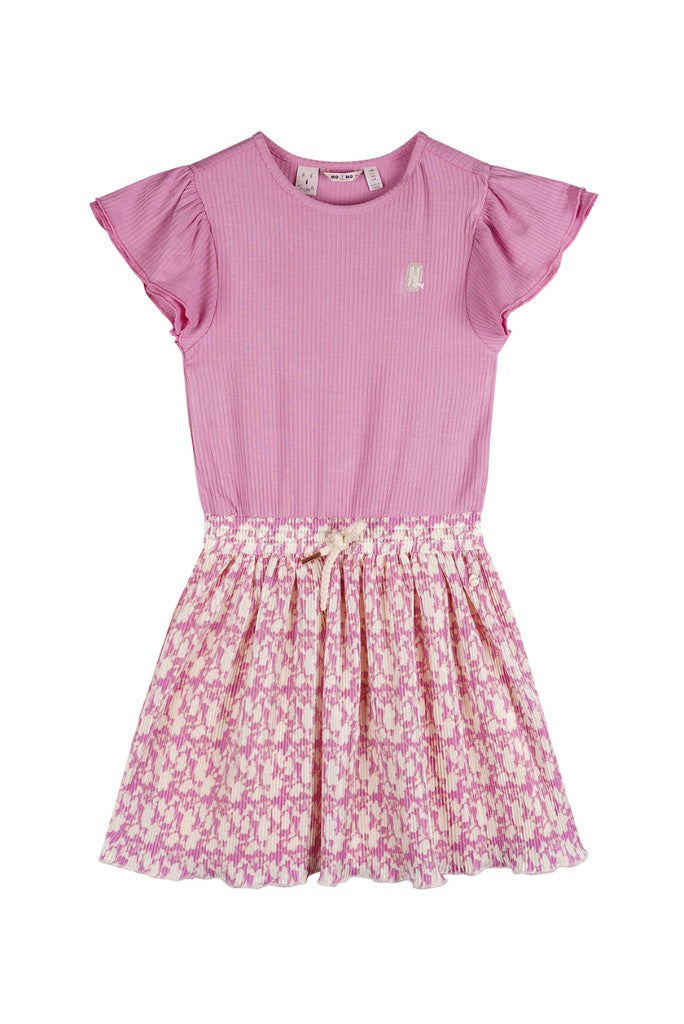
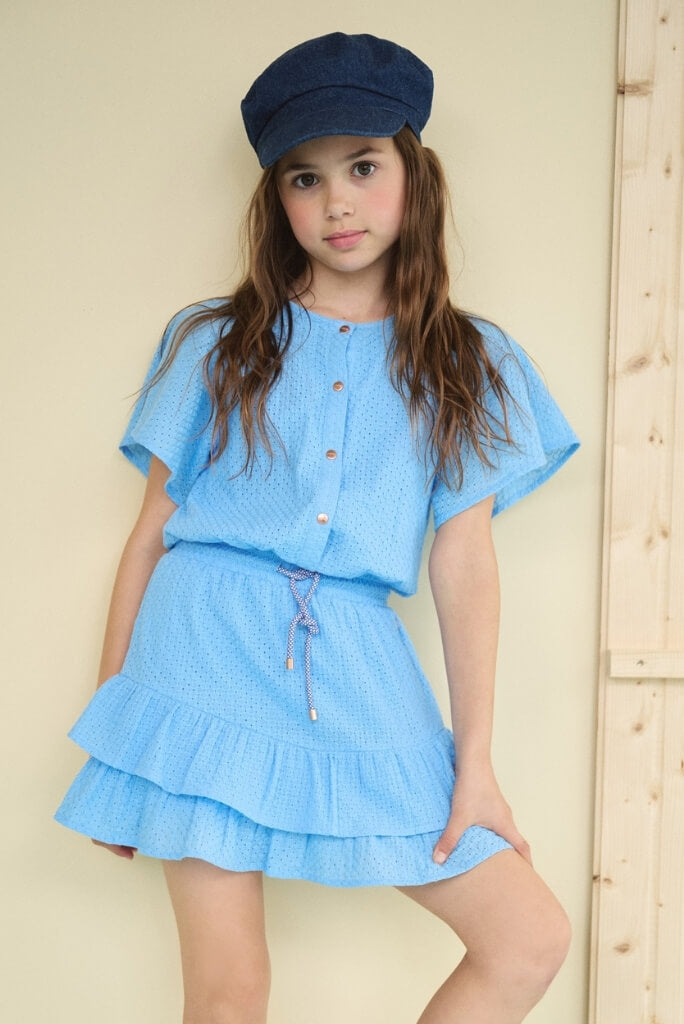
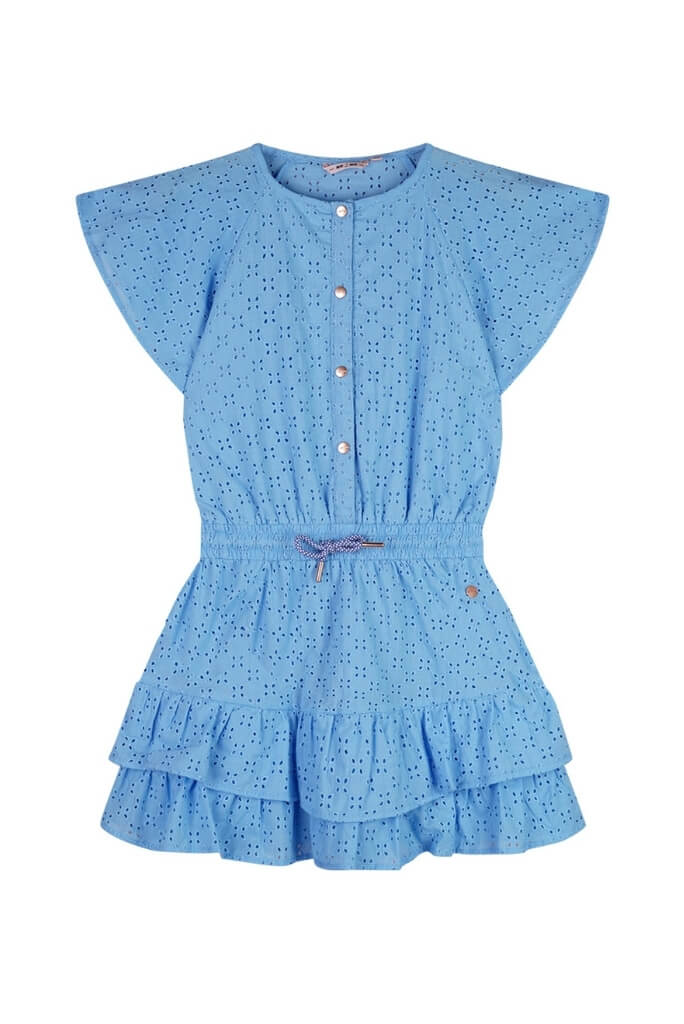
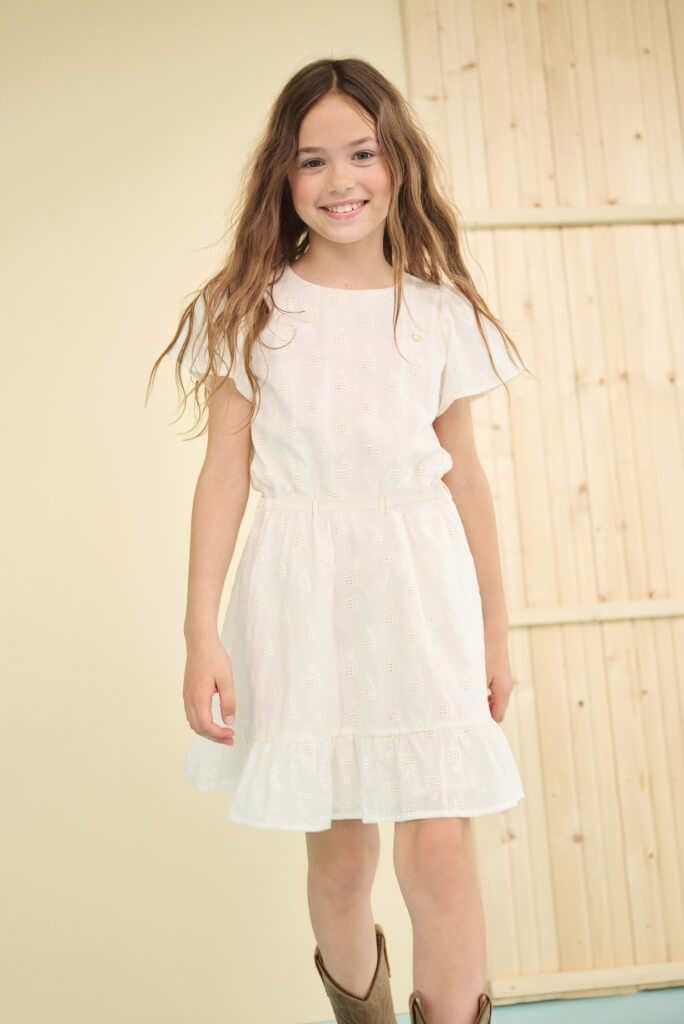
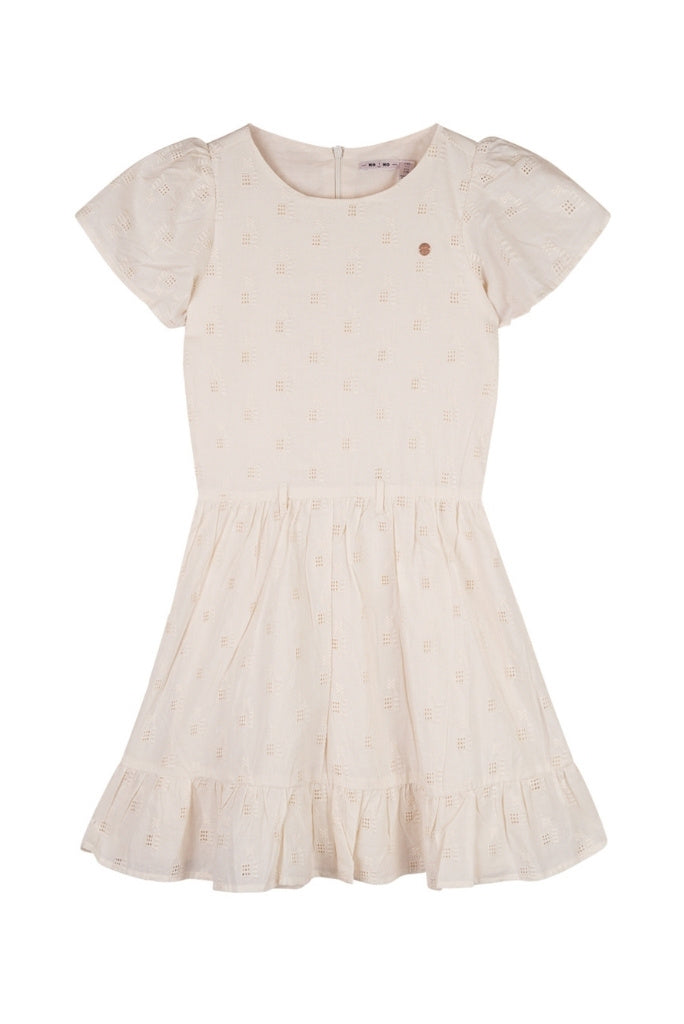
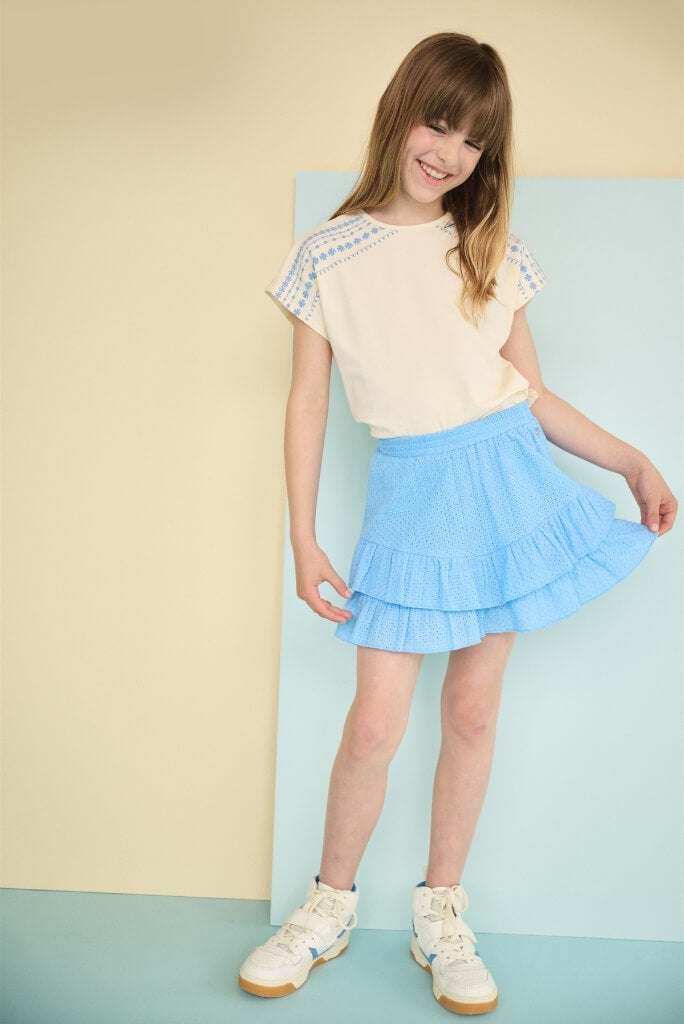
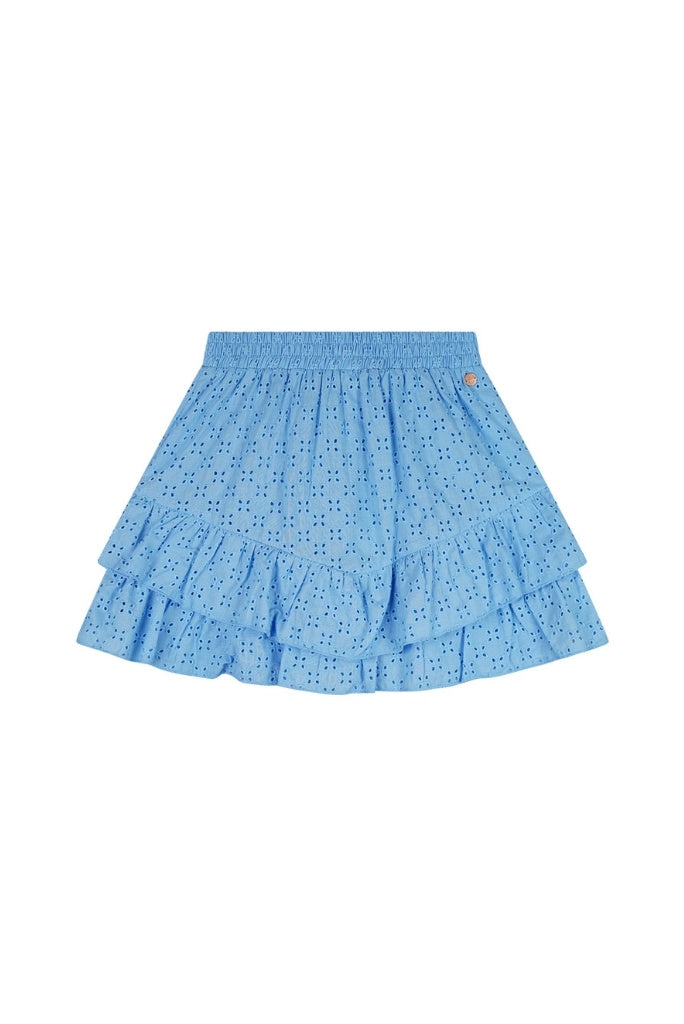
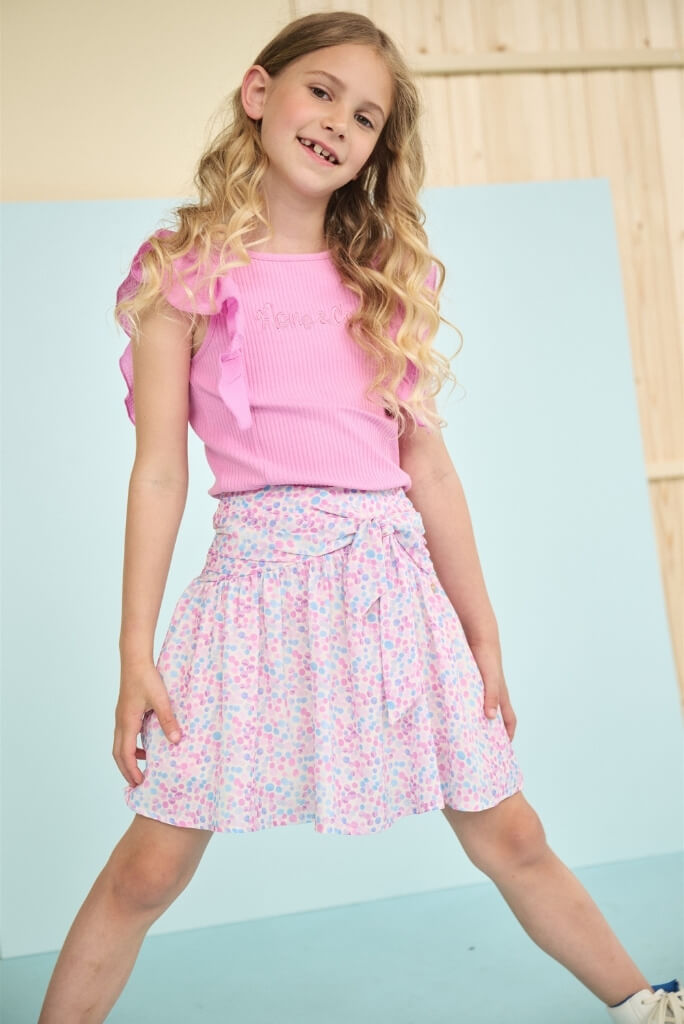
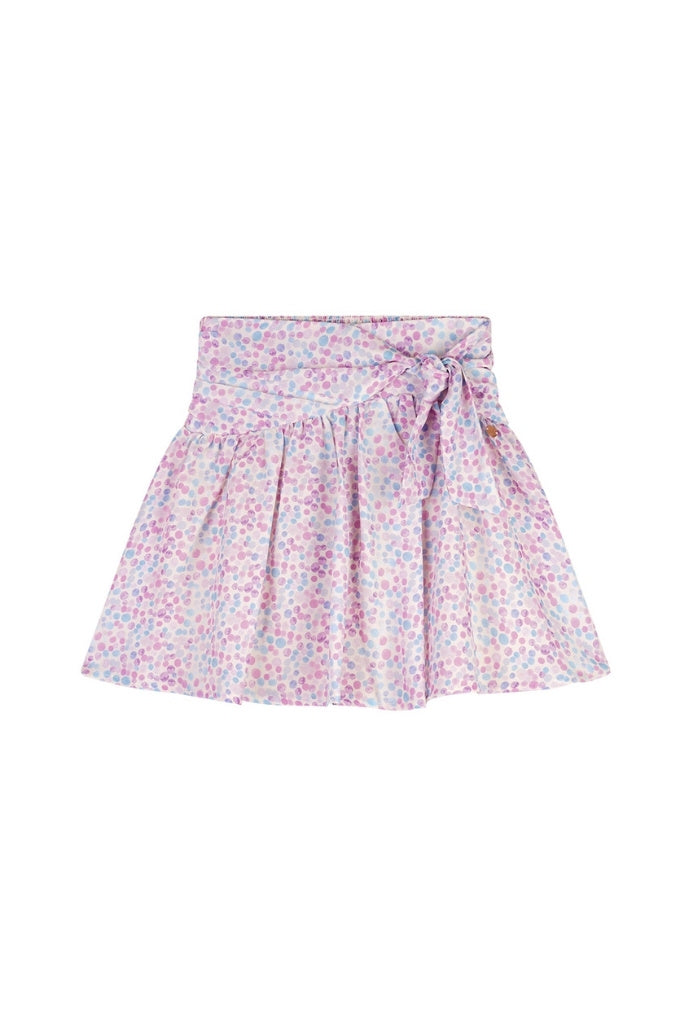


Leave a comment